Opinion
Posted on September 07, 2015 11:19:00 PM
What to expect from the 2015-2016
DROUGHT
6 1 Google +1 0
 |
A new forecast from the Climate Prediction Center of the US National Oceanic and Atmospheric Administration (NOAA) claims that the present El Niño episode is “strengthening,” and could become very strong and may even rival the strongest on record, since the El Niño 1997-1998. It only happened twice since meteorologists started monitoring conditions in the tropical Pacific: 1982-1983 and 1997-1998.

|
RELATED STORIES
 M.A.P. Insights — Francisco F. Del Rosario, Jr.: “How Human Resources can help make employees happy, committed, and relevant”
 M.A.P. Insights — Jose Rene C. Gayo: “CUTTING EDGE DEGREE PROGRAM SHOWS ENTREPRENEURSHIP CAN BE TAUGHT”
 M.A.P. Insights — Filemon T. Berba, Jr.: “How to turn ordinary workers into ROCKSTARS”
 M.A.P. Insights — Christian S. Monsod: “FREE, FAIR, AND CREDIBLE ELECTIONS:
Pipe dream or reality?”  M.A.P. Insights — Chit U. Juan: “Looking for men who will champion diversity, push for more women in boardrooms”
|
NOAA forecasters say there is a 90% chance that El Niño will continue through the winter months, and an 85% chance (up from 80% in July) that it will last into early spring next year. For the Philippines, this means the El Niño will remain until March/April 2016.
NOAA claims El Niño episodes usually span nine to 12 months, some events may continue for years. They usually begin to form between June and August, peak between December and April, and then diminish between May and July of the following year.
NOAA claims two things in mind throughout this discussion of potential impacts.
First, El Niño is not the sole driver of the atmosphere at any time. Day-to-day variability in the weather pattern and other factors all work together with El Niño to determine the overall weather over the time-frame of a few months. Second, no two El Niños are exactly alike. The intensity matters for impacts.
What will be the impact on Philippine agriculture if a similar intensity affects the country? Let us look back at the 1982-1983 and 1997-1998 episodes.
During the 1997-1998 drought, Philippine agriculture output contracted by -6.4% in 1998, far higher than the -3.5% during 1982-1983.
Overall crops headed south with a 12.5% cut in 1998 from -7.4% in 1982-1983. The major crops posted double digit declines in 1998.
Rice contracted by 24%, sugarcane -20.7%, coconut -11.9%, and corn -11.7%. Other crops posted -5.3%. Rain-fed rice was hit harder than irrigated rice in both drought episodes.
Poultry production fell in 1998 due to prolonged heat that led to slow growth and high mortality. Thus far, this is not yet happening with tunnel-ventilated houses.
Livestock was least affected. The decline in fishery in 1998 was due to drying up of ponds, creeks, and rivers that affected aquaculture. (See Table)
For 2015, the outlook for agriculture will be slow growth of less than one%. It was reported to have grown by only 0.7% in the first half. For 2016, the first half output will be severely hit if the 1983 and 1998 record will be the pattern.
The contraction in supply may affect food prices.
Already, the 2016 estimate for palay production is flat at about 18.4 million tons (an equivalent of less than 12 million tons of rice).
The National Food Authority has approved imports of 805,000 tons of rice as of June 2015. The United States Department of Agriculture has estimated that the Philippines may import 1.7 million tons in 2015, up 42% from 1.2 million tons in 2014.
In 1998, the consumer price index rose by 9.2% from 6.6% average during 1995-1997. The data for 1983 may not be comparable as there was an economic crisis starting in 1983. Nevertheless, inflation in 1983 was 10%, lower than the 13.8% in 1980-1982.
What now?
2016 is an election year.
High food prices hit the poor greatly that they can fall below the poverty threshold. This was shown by the increase in poverty incidence in 2014 when rice prices spiked due to the delay in rice imports.
There are challenges in responding to El Niño.
Farmers can plant non-water intensive, short-term crops. Cloud seeding can be tried.
But long-term solutions include: building water impounding ponds, research into drought-tolerant crops and semi-arid food crops, and water-conserving irrigation techniques such as drip irrigation or pipe irrigation.
Rolando T. Dy is the Vice-Chair of the M.A.P. AgriBusiness and Countryside Development Committee, and the Executive Director of the Center for Food and AgriBusiness of the University of Asia & the Pacific.
